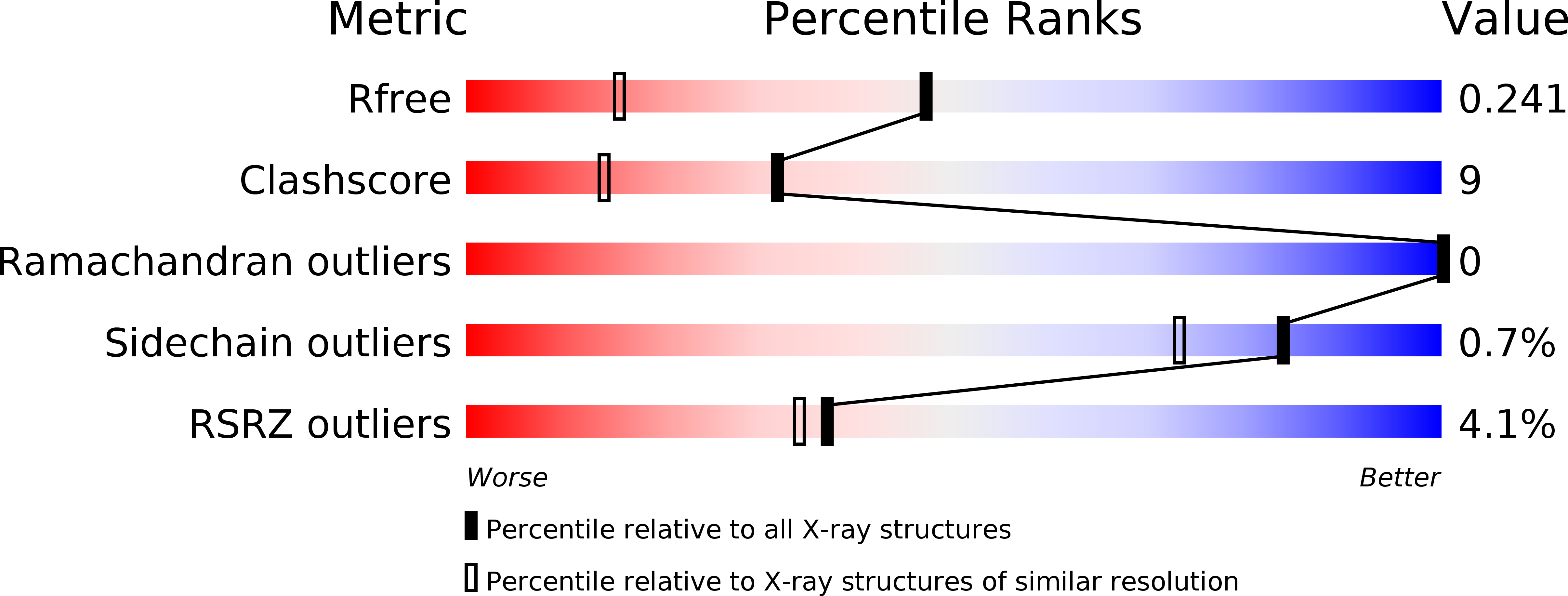
Deposition Date
2008-02-15
Release Date
2008-05-20
Last Version Date
2024-11-13
Entry Detail
PDB ID:
3C9A
Keywords:
Title:
High Resolution Crystal Structure of Argos bound to the EGF domain of Spitz
Biological Source:
Source Organism:
Drosophila melanogaster (Taxon ID: )
Host Organism:
Method Details:
Experimental Method:
Resolution:
1.60 Å
R-Value Free:
0.24
R-Value Work:
0.19
R-Value Observed:
0.19
Space Group:
P 1


